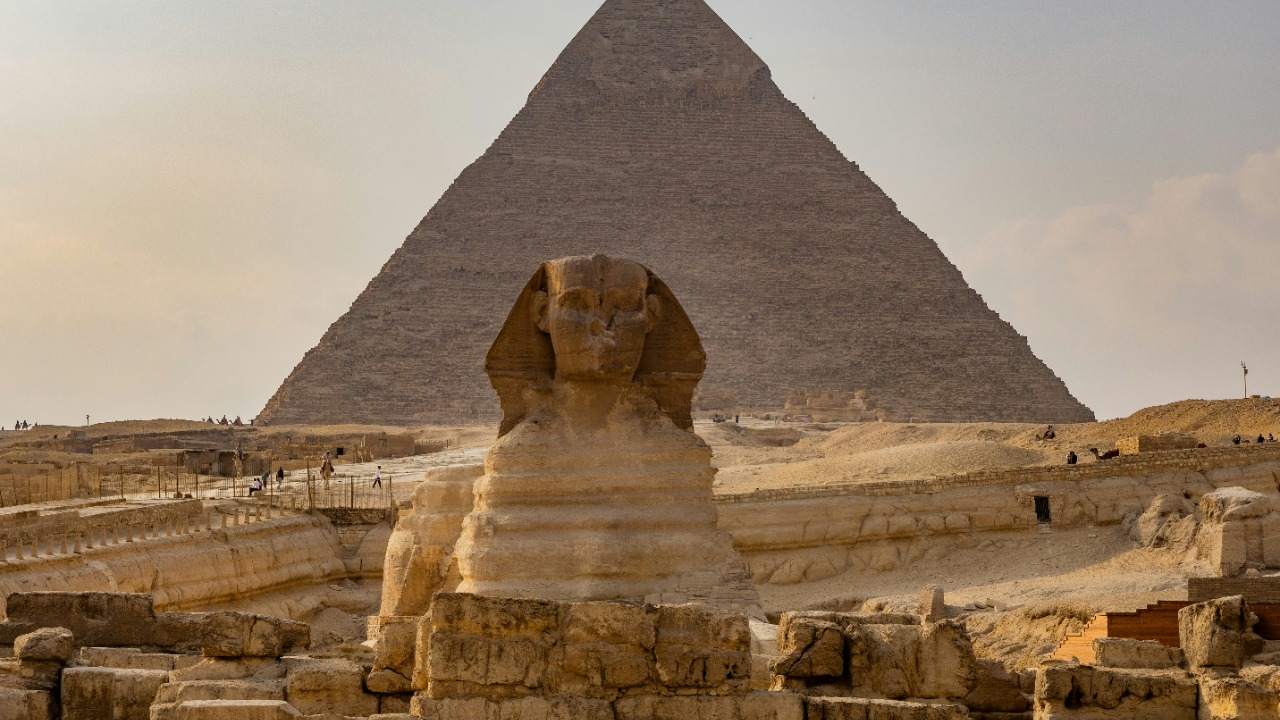
Archaeologists have made a groundbreaking discovery in the sands of Egypt, unearthing three tombs that have been hidden beneath the desert for 3,500 years. These ancient burial sites offer a rare glimpse into a civilization long past, revealing artifacts and secrets that have been untouched for millennia. The significance of this discovery unveils intriguing insights into ancient Egyptian culture.
Discovery in the Desert
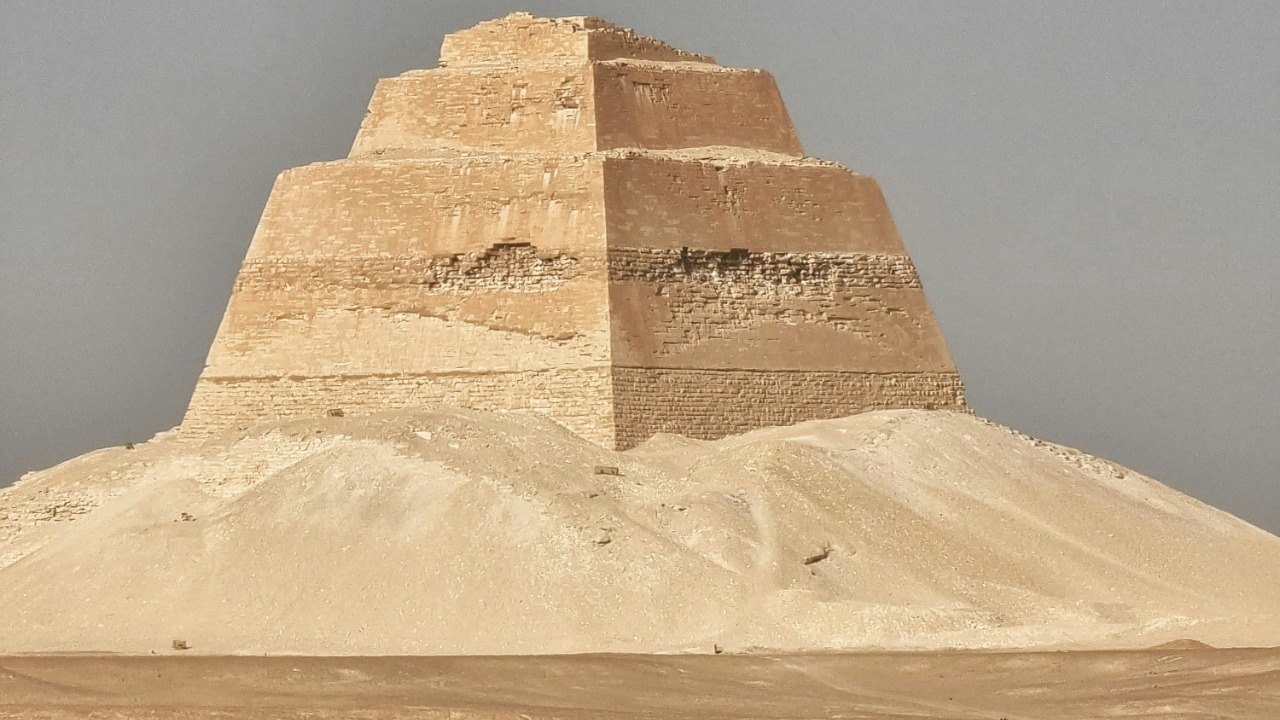
The excavation of these ancient tombs was a meticulous process that combined traditional archaeological methods with cutting-edge technology. Archaeologists employed ground-penetrating radar and 3D mapping to locate and safely unearth the tombs, ensuring that the fragile structures were not damaged during the process. The use of modern techniques allowed the team to delve deeper into the sands of time than ever before, revealing secrets that had been buried for millennia.
Located in the heart of Egypt’s desert, this discovery site holds immense geographical and cultural significance. The region is renowned for its rich historical tapestry and its connection to the ancient Egyptian civilization. The initial unearthing of the tombs was met with awe and excitement as the first artifacts emerged from the sand. Among the initial findings were ornate jewelry, intricately designed pottery, and well-preserved sarcophagi, each piece offering a tantalizing glimpse into the past.
Historical Context of the Tombs
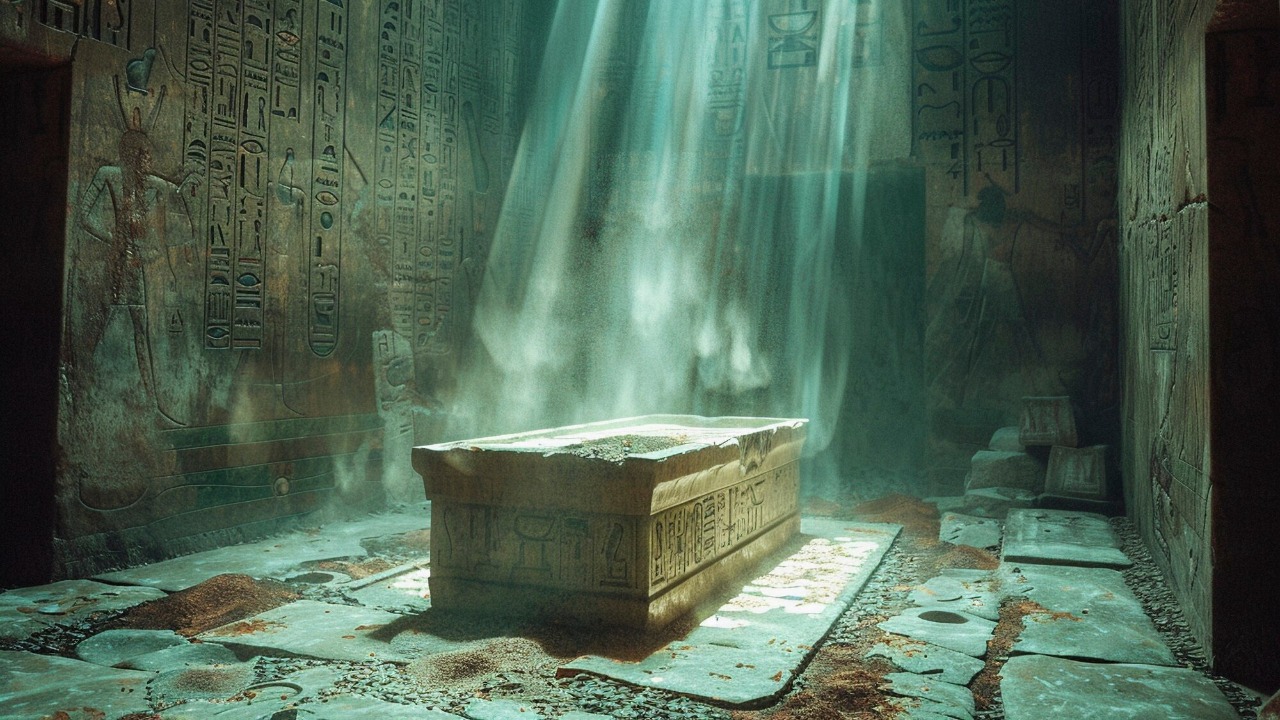
The tombs date back to a period of ancient Egypt’s New Kingdom, around the 18th Dynasty. This era was marked by the reigns of powerful pharaohs such as Tutankhamun and Akhenaten, known for their significant contributions to Egyptian culture and art. Understanding the time period in which these tombs were constructed provides valuable context for the artifacts and remains found within them.
Ancient Egyptian burial practices were deeply intertwined with their religious beliefs, particularly the concept of the afterlife. The tombs were designed as eternal resting places, filled with items deemed necessary for the deceased’s journey into the next world. This discovery shares similarities with other significant finds in Egypt, such as the well-known [Valley of the Kings](https://www.dailymail.co.uk/sciencetech/article-14760911/three-Egyptian-tombs-dating-3-500-years.html). Each discovery adds to our understanding of the civilization’s complex belief systems and cultural practices.
Artifacts and Treasures Unearthed

The items discovered within the tombs range from everyday objects to intricate treasures. Among the most notable finds were beautifully crafted sarcophagi adorned with hieroglyphs, and delicate jewelry made from gold and precious stones. These artifacts not only showcase the craftsmanship of ancient Egyptian artisans but also provide insight into the daily lives and societal values of the time.
The significance of these items extends beyond their aesthetic value. By studying them, researchers can glean insights into the social structure, economy, and religious practices of ancient Egypt. Preservation is a key concern, and efforts are being made to carefully conserve these artifacts. Scientific analysis, including carbon dating and materials testing, is underway to further unravel the historical narratives they hold.
The Mummies and Their Identities
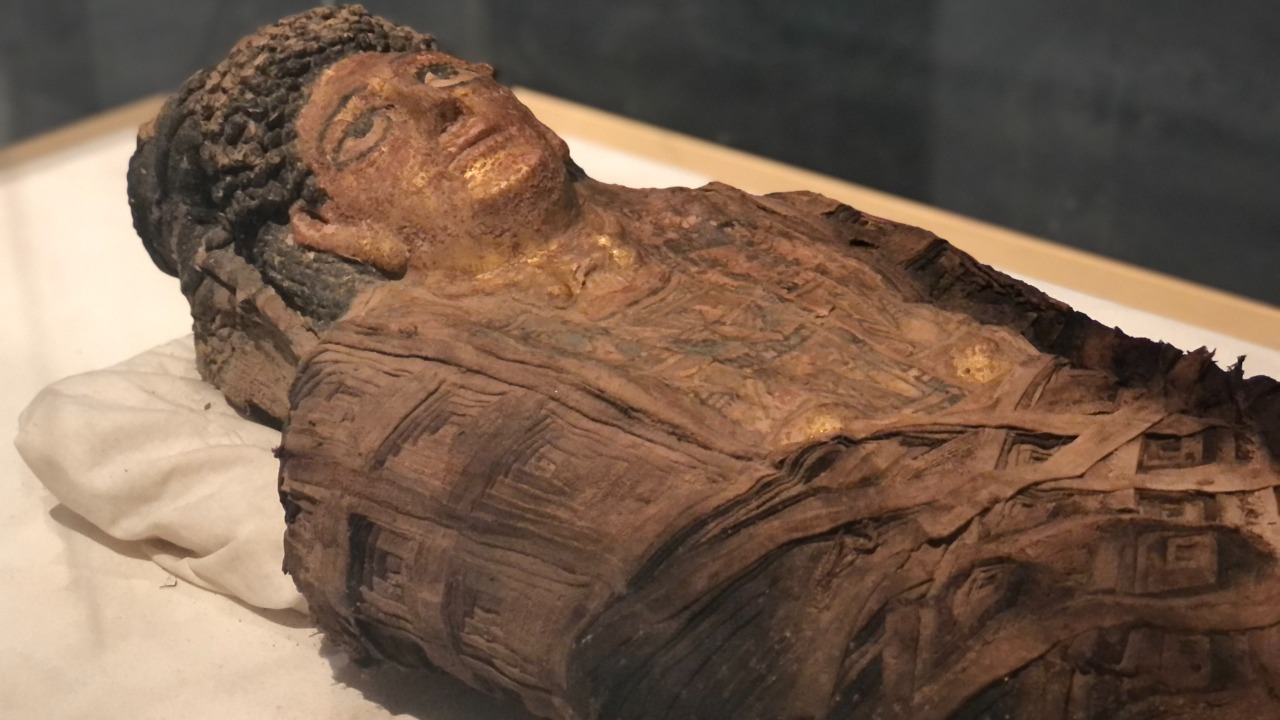
Inside the tombs, the discovery of well-preserved mummies has sparked considerable interest. The condition of these mummies is remarkable, largely due to the dry desert conditions and the meticulous embalming techniques of the ancient Egyptians. Modern technology such as CT scans and DNA analysis are being used to examine the mummies, revealing details about their health, lifestyle, and even their diet.
The task of identifying the individuals buried within these tombs is ongoing. Researchers are using a combination of historical records and genetic testing to ascertain their identities and social standing. Understanding who these individuals were and their roles within society provides a more comprehensive picture of the era in which they lived. Such discoveries have profound implications for our understanding of Egyptian history, shedding light on the lives of those who lived thousands of years ago.
Technological Advances in Archaeology
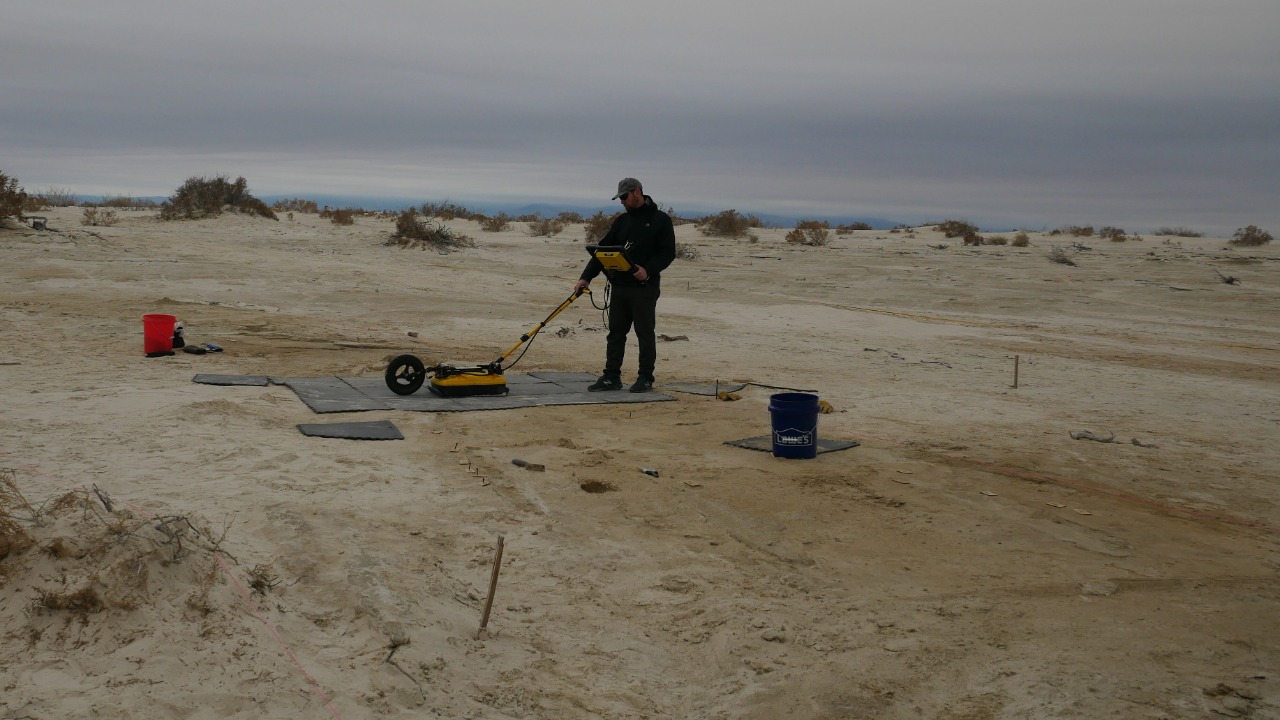
The discovery of these tombs highlights the pivotal role of technology in modern archaeology. Tools such as ground-penetrating radar, 3D imaging, and advanced dating techniques have revolutionized the way archaeologists explore and understand ancient sites. These advances not only aid in discovery but also play a crucial role in the preservation of fragile archaeological sites.
Technological innovations are also enhancing the preservation of artifacts, allowing for more detailed analysis and documentation. As technology continues to evolve, the potential for future discoveries grows exponentially. The integration of new methods promises to further enrich our understanding of ancient civilizations, offering exciting prospects for the field of archaeology.
Impact on Modern Understanding of Ancient Egypt
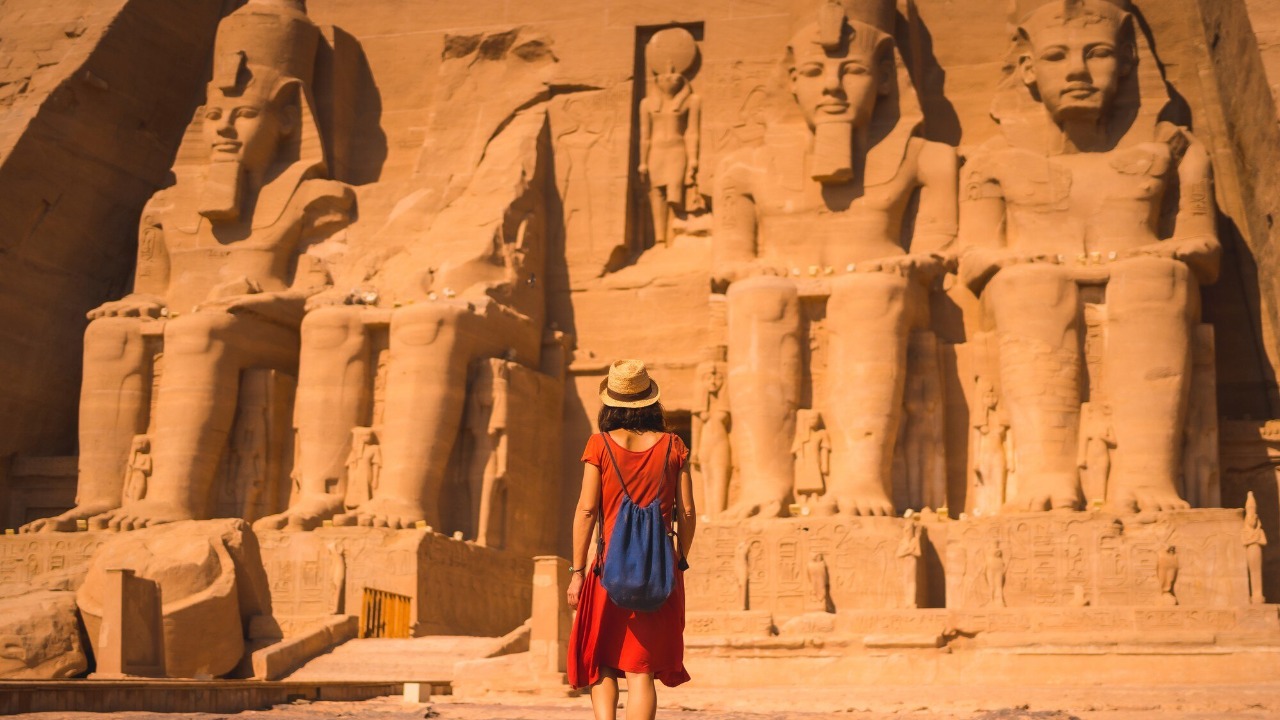
This remarkable discovery contributes significantly to our historical knowledge, providing a deeper understanding of ancient Egyptian culture and practices. Each new find reshapes our comprehension of history, adding layers of complexity to our understanding of ancient societies. The public’s fascination with such discoveries plays a vital role in preserving historical knowledge and fostering a greater appreciation for our shared heritage. The impact of this find extends beyond academic circles, as it influences how archaeology is practiced and prioritized globally. It serves as a reminder of the vast untapped potential that lies beneath the sands, waiting to be discovered. As we continue to explore the past, the insights gained from such discoveries will undoubtedly shape our understanding of human history for generations to come.